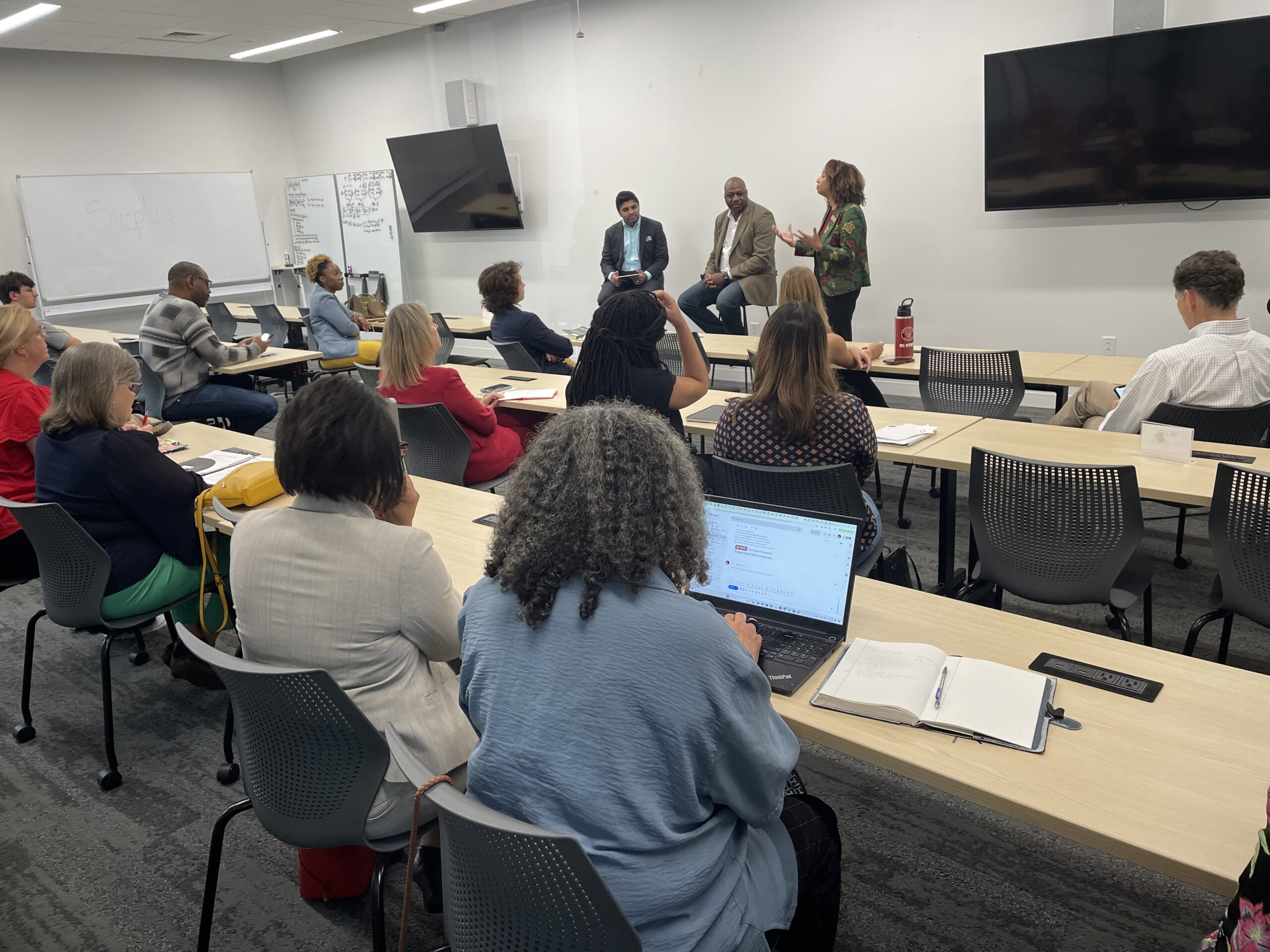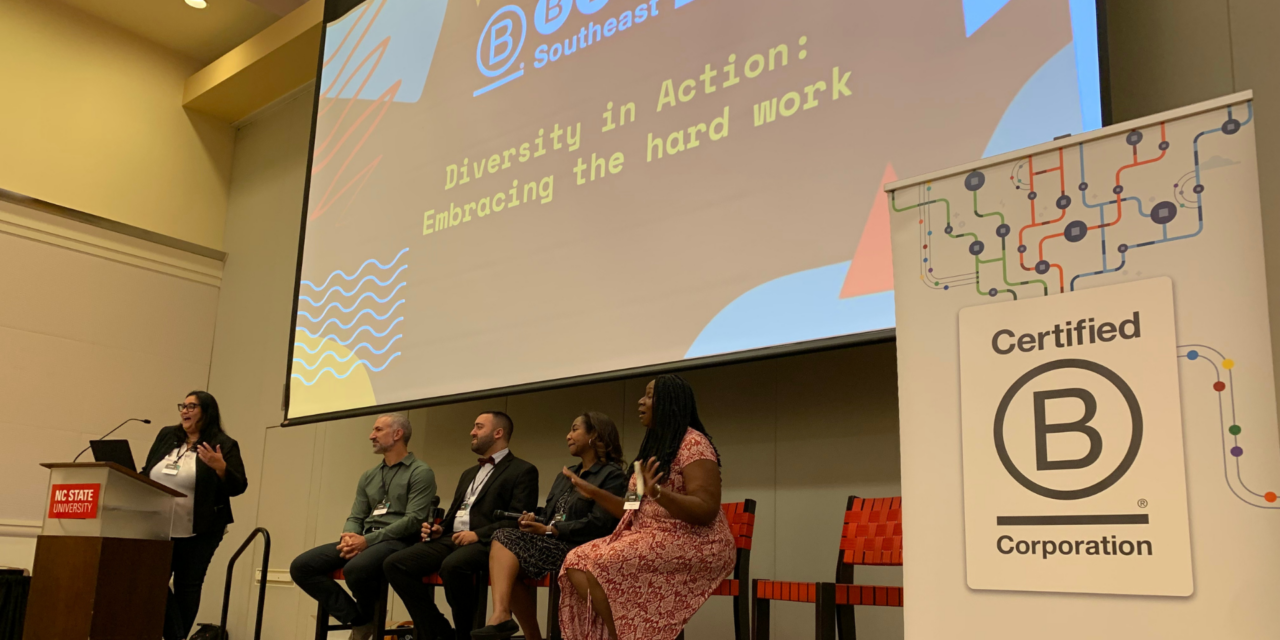NCSU GOLF COURSE RECOGNIZED AS GREEN LEADER IN INDUSTRY

Photo: NC State University
The United Nations once estimated that, worldwide, golf courses consume about 2.5 billion gallons of water per day.
As the sport has grown internationally, concerns over the environmental impact of golf courses – from pesticide use to loss of wildlife habitat – have grown considerably. But there’s also been a push from within the industry to green up its act.
That push is being helped by golf courses that are finding new ways to integrate biodiversity and environmentally responsible management practices into every aspect of their operations. The Lonnie Poole golf course at NC State University is one of those courses.
Pioneering Better Management
Following years of planning, the course was awarded Audubon International Signature Golf Sanctuary certification. Featuring extensive vegetative buffers populated with native species, carefully designed wetlands, and a rigorous program of environmentally sustainable turf management, the course is serving as a laboratory to explore and refine sustainable golf course management.
The buffers and wetlands, for example, provide crucial ecosystem services which help mitigate the impact of the course. Dr. Danesha Seth Carley, sustainability program coordinator for the N.C. State College of Agriculture and Life Sciences, explains why they are there:
“Wetlands are natural water filters. The biological, chemical and physical conditions within wetlands create ideal conditions for removing many pollutants from water.”
An Example for the Industry
Efforts like these are not just about protecting wildlife, however, Seth Carley argues that they are also central to the viability of the golf industry itself:
“The success of the golf course industry transition towards sustainability will depend, ultimately, on changing the awareness of sustainability issues within the industry and its clientele. Everyone must understand the relationship between their everyday lives and the resources on which they depend. This course is specifically designed to uphold these sustainability elements.”
Awareness is beginning to grow within the industry. Some courses are making small changes – reducing their water use, planting some wildflowers etc – while others are taking major steps which would have been unimaginable not long ago. Pinehurst No. 2, for example, recently removed more than 45 acres of bermuda grass, returning them instead to a more “naturalized” state. (Seth Carley is working with Pinehurst No.2 on their land and turf management strategies.)

Photo: NC State University
A Different Experience
The evolution of the Lonnie Poole course as a nature-friendly sanctuary has meant a somewhat different golfing experience for players. The buffers that flank the greens act as wildlife corridors, attracting everything from deer to foxes, great blue herons, blue birds, and even the occasional beaver. Players report great enjoyment from sharing their sport with animal visitors.
There are, of course, challenges too – most notably the difficulties raised by a less manicured environment:
“The down side is that it does make the course more challenging. The “tall grass” can cause people to loose golf balls, and playing out of those native areas can be difficult.”
Striking a Balance
Ultimately, in order to navigate a successful transition to sustainability, the golf industry will have to strike a balance between maintaining playability, enhancing the natural environment, managing resources, and communcating with golfers about what it is doing and why. It’s in the ongoing process of finding out where that balance lies, says Seth Carley, that the true value of Lonnie Poole Golf Course’s new certification should be judged:
“How do you balance programs involving wildlife conservation, habitat enhancement and environmental issues with the economics, operations and practicalities of running a golf course? It is difficult, but we are using the Lonnie Poole as an educational platform to show other turf managers, and the public, how this can be done in a sustainable way.”
- Categories:


